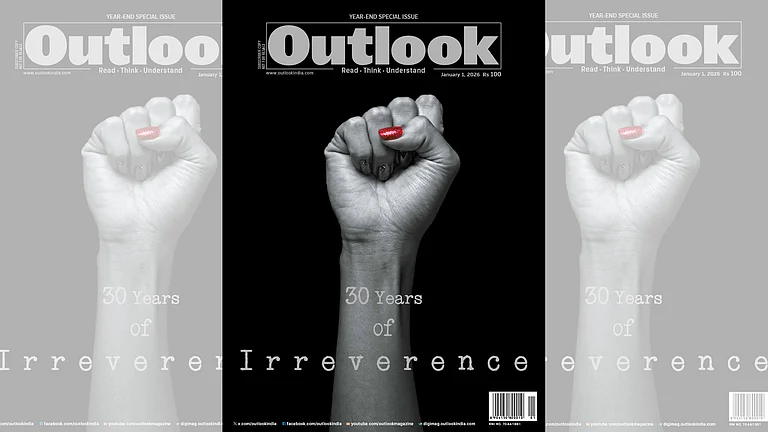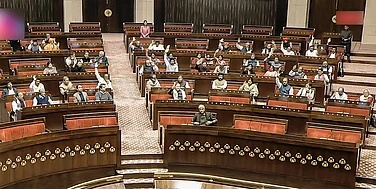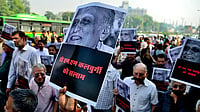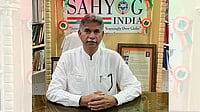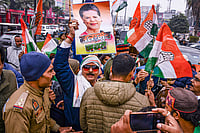The majority of migrant workers in big cities live in slum settlements with few basic amenities. The ongoing demolitions in the National Capital Region (NCR) have left thousands of such workers and labourers homeless, throwing up constitutional questions for the government.
While the right to housing has been recognised as a Fundamental Right under Article 21, the right continues to be neglected by the successive governments despite several Supreme Court judgments in cases such as Olga Tellis and Ors vs Bombay Municipal Council, Shantistar Builders versus Narayan Khimalal Totame, Chameli Singh versus State of Uttar Pradesh and others.
To provide housing to the rural poor, former Prime Minister Rajiv Gandhi launched Indira Awas Yojana in 1985. The scheme was restructured and renamed Pradhan Mantri Awaas Yojana under the Modi government’s housing-for-all initiative in 2015. Besides, several other housing schemes have been launched for different segments of society. The housing crisis of India’s migrant workers, however, exploded before the world during a three-week nationwide lockdown in 2020.
Describing the migrant workers living in slums as ‘city makers’, Indu Prakash, a member of a committee set up by the Supreme Court to monitor shelters homes in Delhi, underscores their services as daily wage labourers, construction workers, rickshaw pullers, handcarts pullers and pushers, head loaders, domestic workers.
“Besides slums, the homeless informal sector workers live on the pavements, rickshaws, handcarts, flyovers and under bridges,” he says, adding, “While the law dubs them as vagrants and beggars, they are subjected to regular beatings by police.” Stressing on the basic flaws in urban planning, Prakash notes that “the housing facilities are created for elites only.” In 2019, an RICS-Knight Frank report estimated that about 40 per cent of the Indian population is expected to live in urban areas as against 34 per cent currently, creating a demand for 25 million additional affordable housing units by 2030.
“Millions of encroachers living in the towns and cities are the life force of these places, whose contribution continues to be unjustly unacknowledged. It is undisputed that the cities and towns cannot survive without them. This denial of their debt is the cause of denial of their status, right and obligation,” says noted human rights activist Prabhakar Sinha.
Maintaining that a just policy must precede the bulldozer, Sinha adds, “While the encroachment by the poor is a matter of life and death, the same by the privileged is a luxury. The encroachments by the needy poor should be viewed as a failure of the State to provide accommodation to them.”
Ghazala Jamil, an assistant professor at Jawaharlal Nehru University’s Centre for the Study of Law and Governance, says that “the ongoing demolition drives are aimed at forcibly displacing the poor and dispossess them of whatever little resources they gather for sheltering themselves and their livelihoods."
“Housing as a basic requirement for human dignity is only a token mention in the official urban story,” she adds, narrating how different groups of urban ‘undesirables’ are pushed into resettlement colonies on the edges of the city with segregated neighbourhoods. “We would do well to recognise that there can be a sea of difference between mere shelter and adequate housing,” remarks Jamil.
Bikramaditya Kumar Choudhary, who teaches at JNU's Centre for the Study of Regional Development, blames the government for the slums. “Slums don’t come (into being) because of compulsion of the people migrating from rural to urban areas. Slums come into existence because cities need them for menial jobs. But these domestic helpers don’t even get the minimum wage.”
Calling out the insensitivity of the urban middle class over what he described as “institutional dehumanisation” of the labour force, the professor says, “The city infrastructure stands on the sweat and blood of these people and yet they don’t have any stake in it. The moment they complete a project, the labourers are thrown away like expendables.” Choudhary adds, “Slums are demolished so that fresh migrant labourers in the cities — who are believed to be more submissive and subservient — could set up new slums. The old slum dwellers usually become aware of their rights over a period of time after going through the political processes.”
While the Delhi Bharatiya Janata Party (BJP) unit had contested the last assembly election on “Jahan Jhuggi Wahin Makaan” slogan, the professor referring, to Gurugram’s Saraswati Kunj demolition drive, wondered, “Why has the BJP been doing an altogether different thing in Haryana?”










